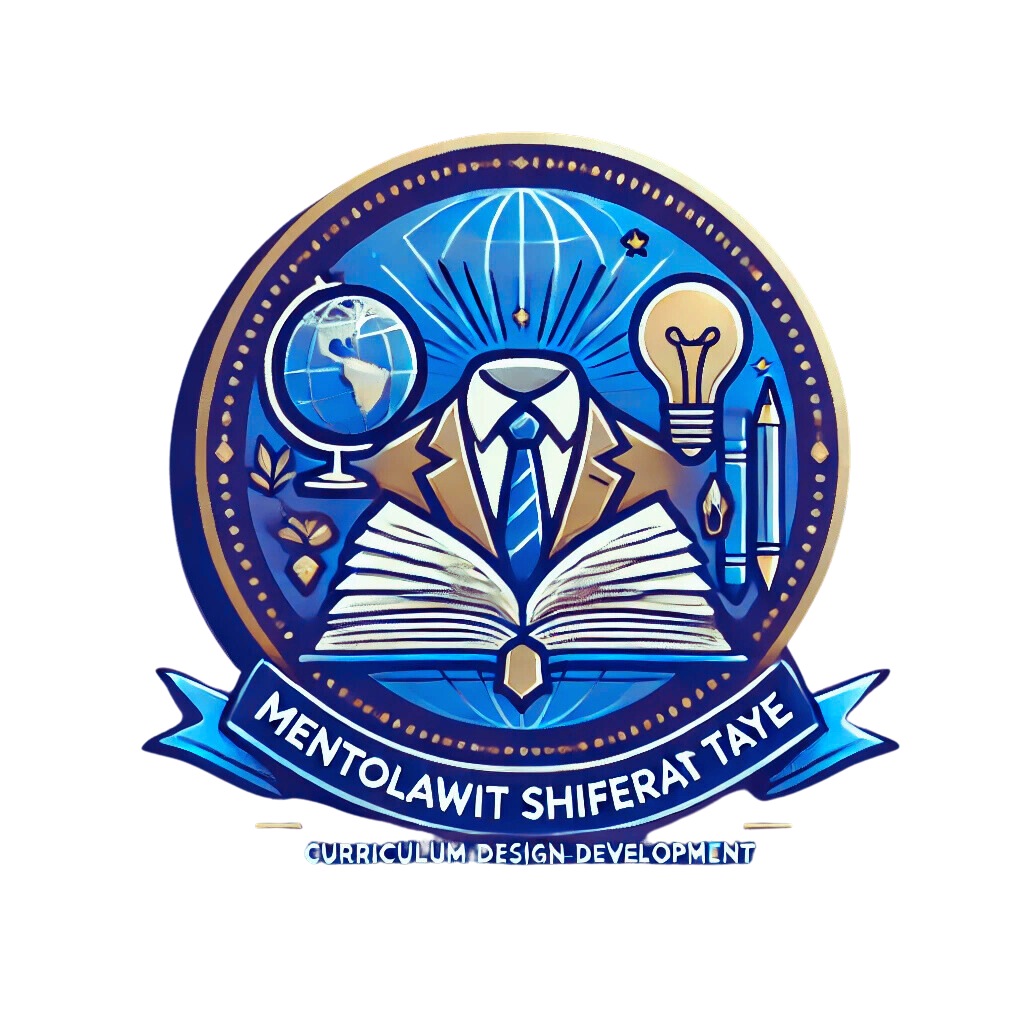
Lessons Learned
Importance of Clear Objectives and Alignment
Setting Defined Goals: Explain how establishing clear, measurable learning objectives early in the design process led to more focused and effective curriculum development.
Alignment with Standards: Describe the benefits and challenges of aligning content with educational standards and how this practice helped ensure that all components of the lesson met key learning outcomes.
Iterative Design and Feedback Integration
Prototyping and Pilot Testing: Share insights on how initial pilot sessions helped uncover issues in lesson flow or content delivery, prompting iterative improvements.
Feedback Loops: Emphasize the value of collecting and integrating feedback from educators, learners, and stakeholders. This could include examples of how mid-course adjustments led to improved engagement or understanding.
Balancing Innovation with Practicality
Technology Integration: Reflect on experiences where new digital tools or multimedia resources enhanced the learning experience, as well as instances where simpler approaches worked better.
Engagement vs. Complexity: Discuss lessons learned about finding the right balance between interactive, engaging content and maintaining clarity and simplicity in instruction.
Adaptability to Diverse Learning Needs
Differentiated Instruction: Explain how adapting lessons to accommodate various learning styles and abilities contributed to more inclusive and effective educational experiences.
Cultural and Contextual Relevance: Share experiences that highlighted the importance of tailoring content to reflect diverse cultural contexts and real-world applications.
The Value of Collaborative Efforts
Interdisciplinary Collaboration: Illustrate how working with subject matter experts, educators, and even learners provided new perspectives that enhanced the quality and relevance of your curriculum.
Team Feedback: Reflect on instances where peer reviews and collaborative brainstorming sessions led to significant improvements in instructional design.
Continuous Professional Growth
Reflective Practice: Highlight how regularly reflecting on what worked and what didn’t has become a cornerstone of your practice, fueling ongoing professional development.
Staying Current: Share how keeping abreast of emerging trends and research in education has informed your practice and led to innovative solutions in your work.
